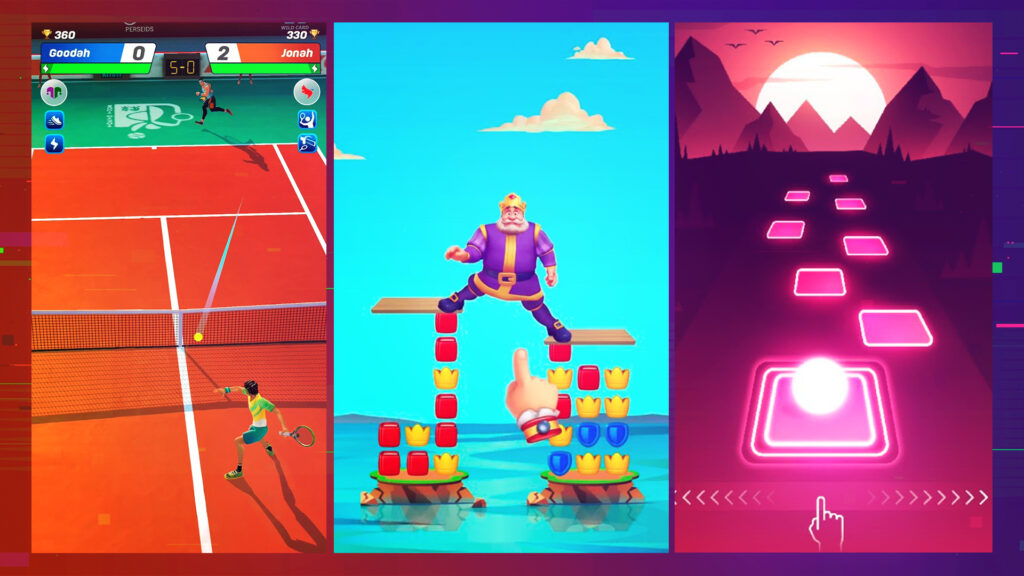A new report states that playable ads are the most cost-effective format for driving consumers to install gaming apps. Their effectiveness depends on each marketer’s ability to use social intelligence to bring the right ad to audiences at the right time.
Playable Ads Offer Low Costs, Bigger Returns
“With an average CPI of $1.31, playable ads are by far the most cost-effective option for driving installs for gaming apps,” The Mobile Ad Creative Index by Liftoff reads. “This is unsurprising since they offer attractive opportunities for audiences to try before they commit.”
Liftoff reviewed close to one trillion impressions across 24.5 billion clicks and 240 million installs between January 1, 2022, and January 1, 2023, and found that playable ads CPI was significantly lower than the average $3.79 CPI from all five ad formats for gaming.
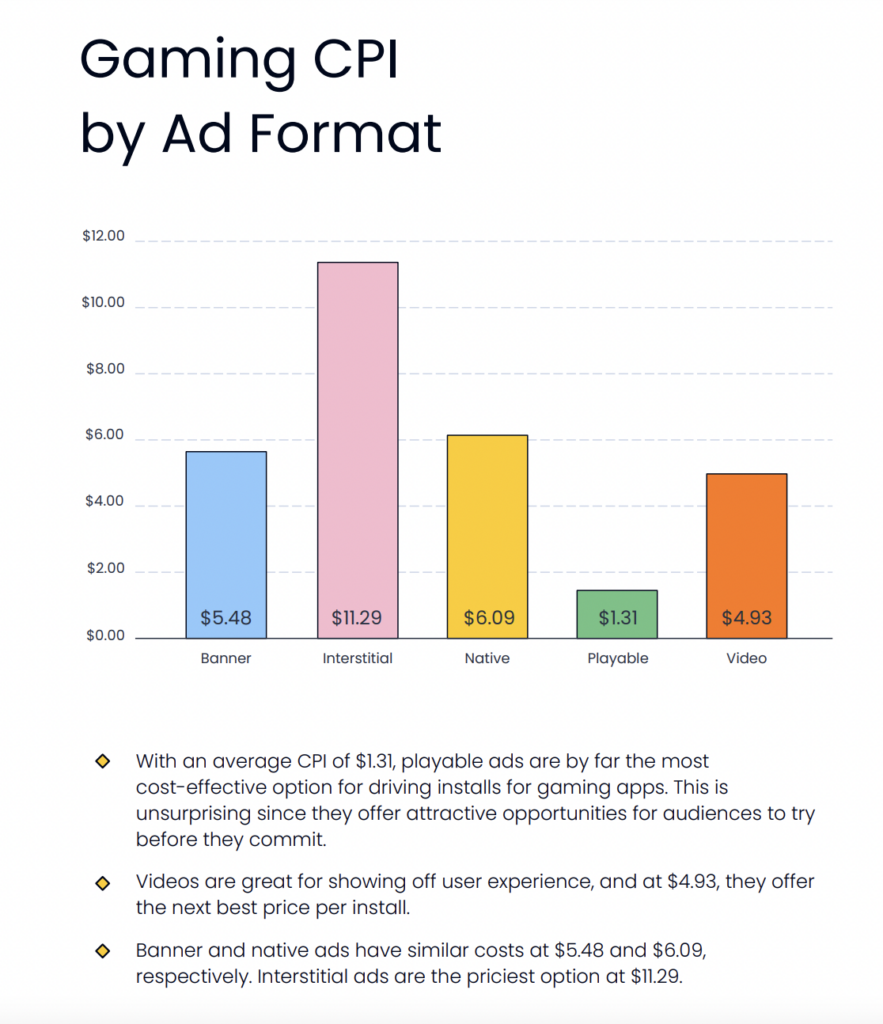
Mobile Gaming’s Boom, Consumers’ Hesitant Spending
According to The State of Mobile 2023 by Data.ai, mobile gaming is experiencing a user engagement boom, but how much consumers spend depends on how well marketers craft their messaging. Mobile game downloads grew by 6.6 billion to nearly 90 billion in 2022. That means consumers are still engaging with mobile games despite inflation concerns and are now spending more even as game publishers offer new ways to play games for free, like engaging with ads.
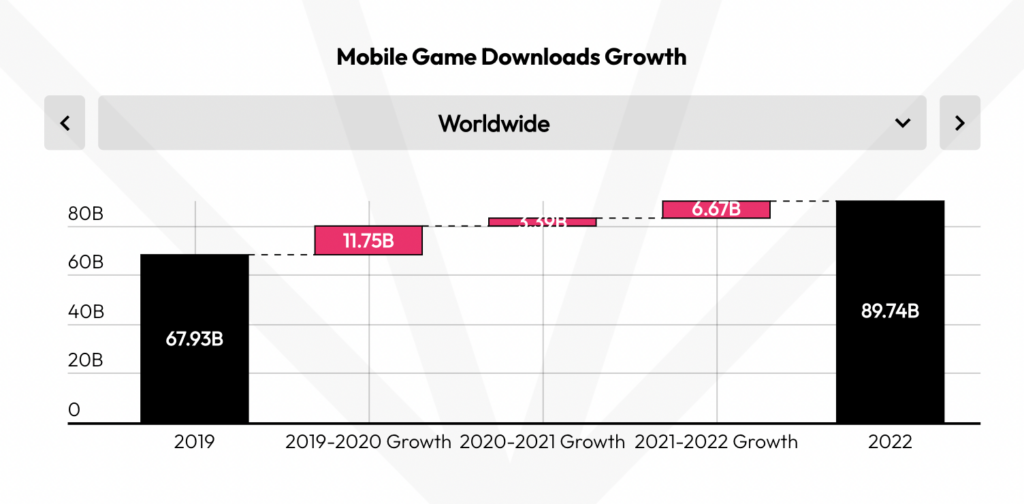
In Q3 of 2022, gamers spent $1.54 billion per week on gameplay, according to Data.ai. This represents a 25 percent increase over pre-pandemic spending but a decrease in year-over-year (YOY) spending. Yet, as consumer confidence in the economy rose in Q4 2022, per Deloitte, so did spending on mobile games.
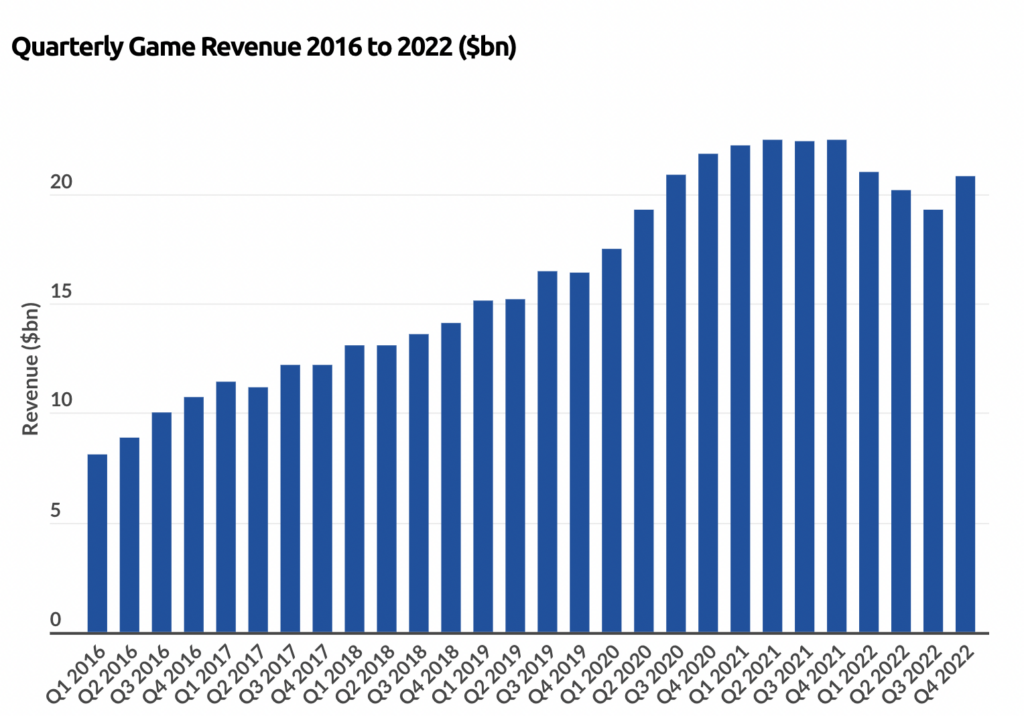
While consumers remain concerned about the rising cost of living and most intend to be judicious about their spending, there is a slight decrease in the share of consumers who are pessimistic about the economy’s direction, according to Deloitte.
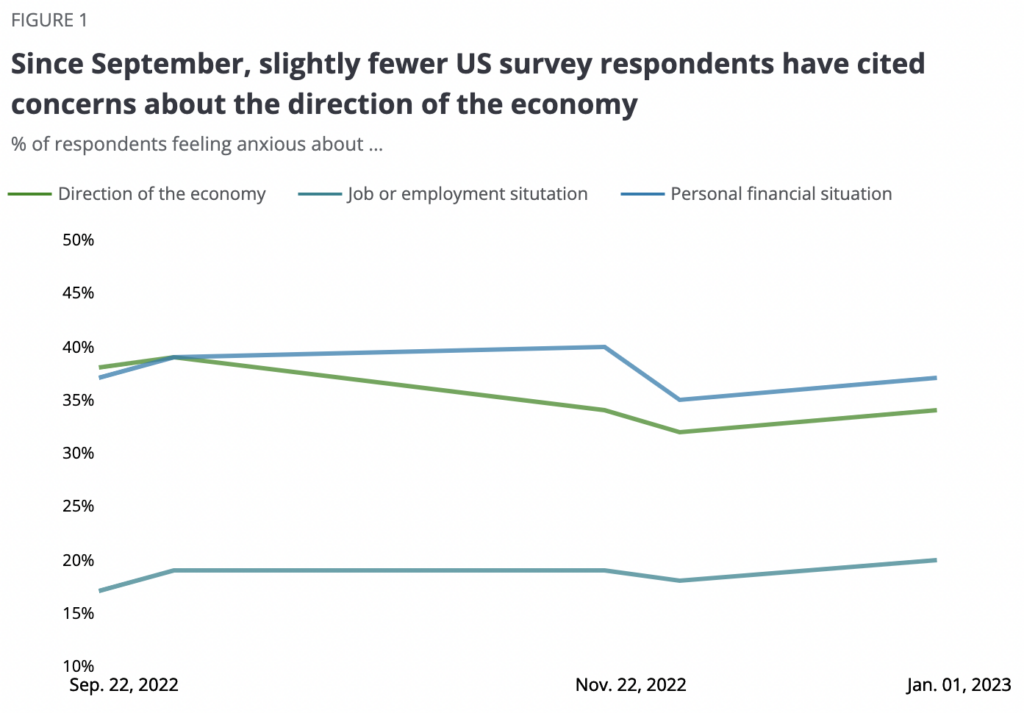
What This Means For Marketers
Consumers may be more willing to spend when they perceive value in the experience because of slightly greater confidence in their finances. However, according to recent Deloitte data, that intention may be mitigated by a significant decrease in consumers’ intention to spend on discretionary items and experiences over the previous quarter.
In 2023, marketers will be competing for a shrinking portion of consumers’ discretionary spending. Developing a connection by allowing consumers to “try before you buy” via playable ads may be the most efficient way to convince spend-hesitant consumers to commit. Recent Data.ai data shows that only six percent of consumers would rather pay a fee than engage with or watch an ad to access play. That makes 96 percent of consumers open to engaging with ads in exchange for playing time—a willingness to branded messaging that contradicts consumer trends on other platforms, where most consumers use ad blockers as a matter of routine.
Quick List: Reasons Playable Ads Are Popular Among Gamers
- Interactivity: Playable ads allow gamers to interact with a product before they make a purchase decision. This provides a more engaging experience and helps to build a stronger connection between the gamer and the product.
- Entertainment Value: Playable ads often feature mini-games or challenges that are fun to play. This provides a break from traditional ads that are often seen as intrusive and annoying.
- Discoverability: Playable ads allow gamers to discover new products or games they may not have otherwise known about. This can be beneficial for both the gamer and the advertiser, as it provides an opportunity for exposure and potential sales.
- Trust: Playable ads can also help to build trust with gamers, as they allow the gamer to try out the product before making a purchase. This can help to increase confidence in the product and the brand.
